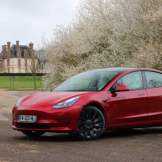Between the consumption observed in real life, those published by the WLTP homologation cycle or even those announced by the manufacturer, there is sometimes a world. We are going to try to see it a little more clearly through this article and, we will be able to see it, certain manufacturers like Peugeot play on words to announce very low consumption. Until reality catches up with them.
Right now
8 months Free on the ULYS electronic toll badge
When you buy a car, whether electric or thermal, on its technical sheet, there is always the consumption indicated, noted under the homologation cycle in force in Europe, namely the WLTP mixed cycle.
To find out more about how these certifications are carried out and to understand why there are also differences between the different certification cycles around the world (CLTC in China, EPA in the United States, etc.), do not hesitate to consult our dedicated folder.
You have surely noticed that between the consumption indicated according to the WLTP cycle and the reality, there is sometimes a world. Admittedly, these differences were blurred with the passage from the NEDC cycle to the WLTP cycle a few years ago in Europe, thanks to a new test protocol supposed to be closer to reality. But for some models, the differences are still quite significant.
Regarding the electric car, this obviously plays on the autonomy, since that indicated according to the WLTP cycle is often quite far from reality. During our tests of electric cars, we sometimes noticed deviations of more than 25% in certain cases in mixed use, and without adopting a driving at a sustained pace.
Even the consumption indicated on the car’s on-board computer is disconnected from reality, since it does not take into account all the parameters, starting with energy losses during recharging. Losses that do not appear in the calculation of consumption, thus also resulting in financial losses for the user. Explanations.
How is consumption determined under the WLTP cycle?
the Worldwide Harmonized Light-Duty Vehicles Test Procedure (WLTP) is mandatory for all new registration from 1er September 2018. The WLTP cycle replaces the NEDC cycle in Europe. The WLTP cycle is advertised as being closer to reality compared to the NEDC cycle, in particular thanks to new methods for calculating consumption values, in this case, in terms of kWh / 100 km for electric cars. The equivalent of consumption in liters / 100 km for thermal cars.
The WLTP standard changes the conditions of the NEDC homologation cycle towards a more dynamic use of the car. It is based in particular on statistical surveys as well as a precise evaluation of the typical profiles of drivers. WLTP relies on faster acceleration rates, higher average speeds and higher maximum speeds.
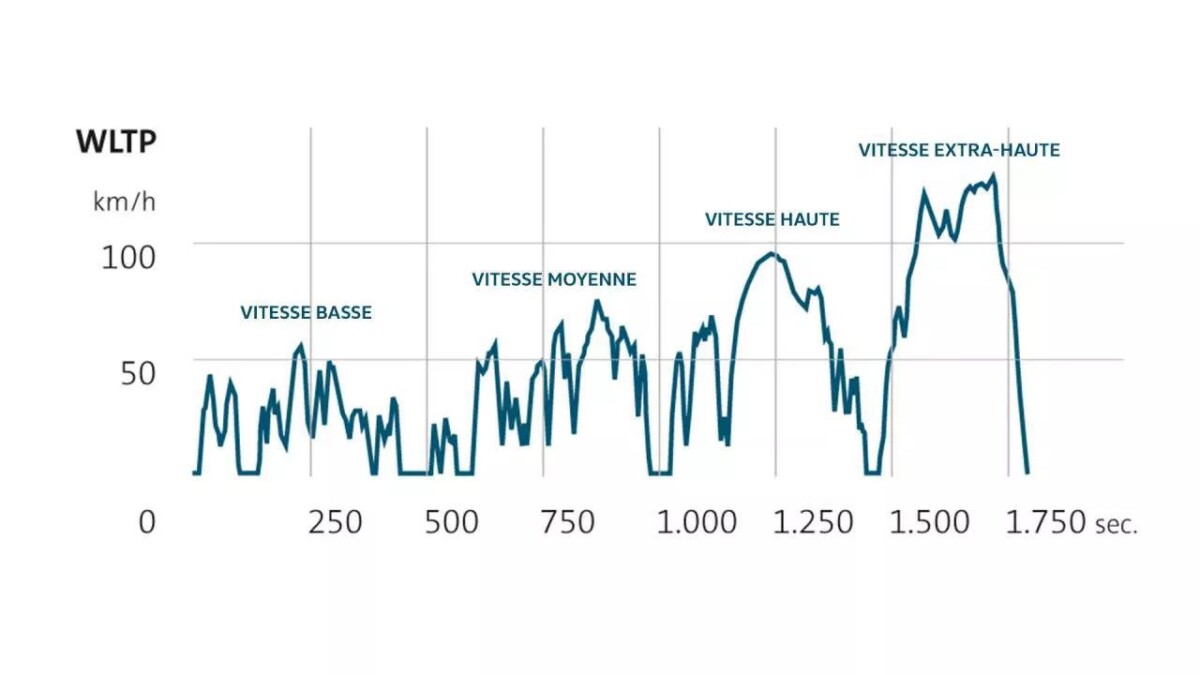
Developments are continuing at the level of the conditions of use, since instead of simulating traffic in an urban, rural and then mixed cycle, the vehicle is now tested at four different speeds. WLTP was developed on data collected all over the world covering many driving situations. The cycle also considers optional equipment which has a direct impact on aerodynamics, consumption or the total weight of the car.
The protocol is coupled with another complementary cycle called RDE (for Real Driving Emissions), which is carried out randomly and on the open road. This makes it possible to take into account all the external parameters that cannot be reproduced in the laboratory, and thus to approach more easily the conditions that a user may encounter (weather, temperatures, relief, etc.). The data collected makes it possible to check consistency with the results obtained in the laboratory.
The introduction of the WLTP cycle has also set the record straight for certain electric cars. At the time of the NEDC cycle, the data was very ambitious and far from reality. For example, the old Hyundai Kona electric, with its 64 kW battery, was announced at 546 kilometers with the NEDC standard, then at 482 km after a passage via WLTP.
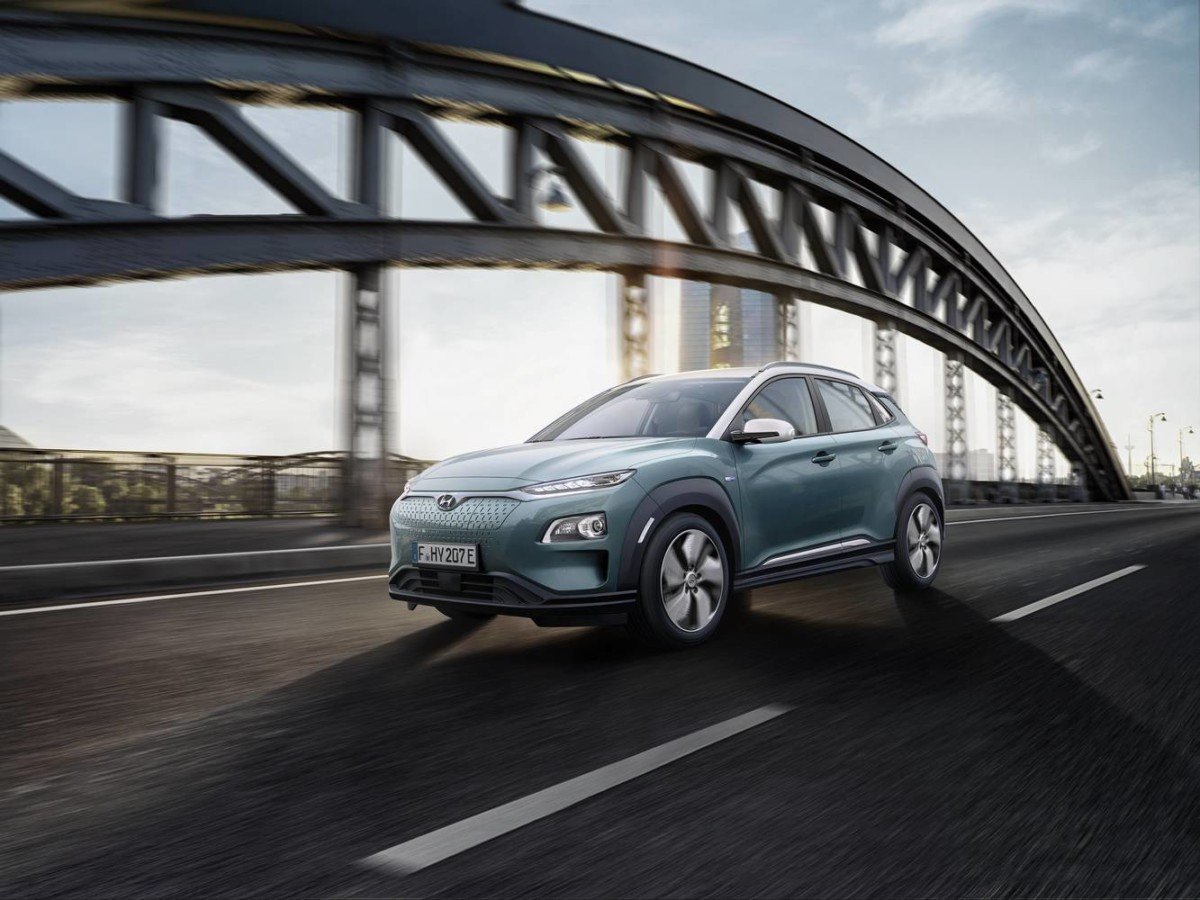
The WLTP cycle has also been able to evolve with the advent of the electric car and all the ecosystem that revolves around it. Thus, to establish the consumption, the WLTP cycle also takes into account losses during recharging, losses which are not necessarily taken into account by the manufacturer and, consequently, by the on-board computer. Thereby, this can therefore change the real autonomy quite widely.
What are losses during recharge?
It’s a relatively simple process, which the WLTP cycle has obviously not forgotten in its test protocol, but that the on-board computers of all electric cars on the market do not take into account.
This is loss of kWh at the level of the electrical installation, the terminal, the on-board charger and the battery. These losses can be cumulative. A recent German study conducted by the ADAC pointed to the fact that manufacturers did not mention these losses in the calculation of consumption, thus leading to financial losses for the user.
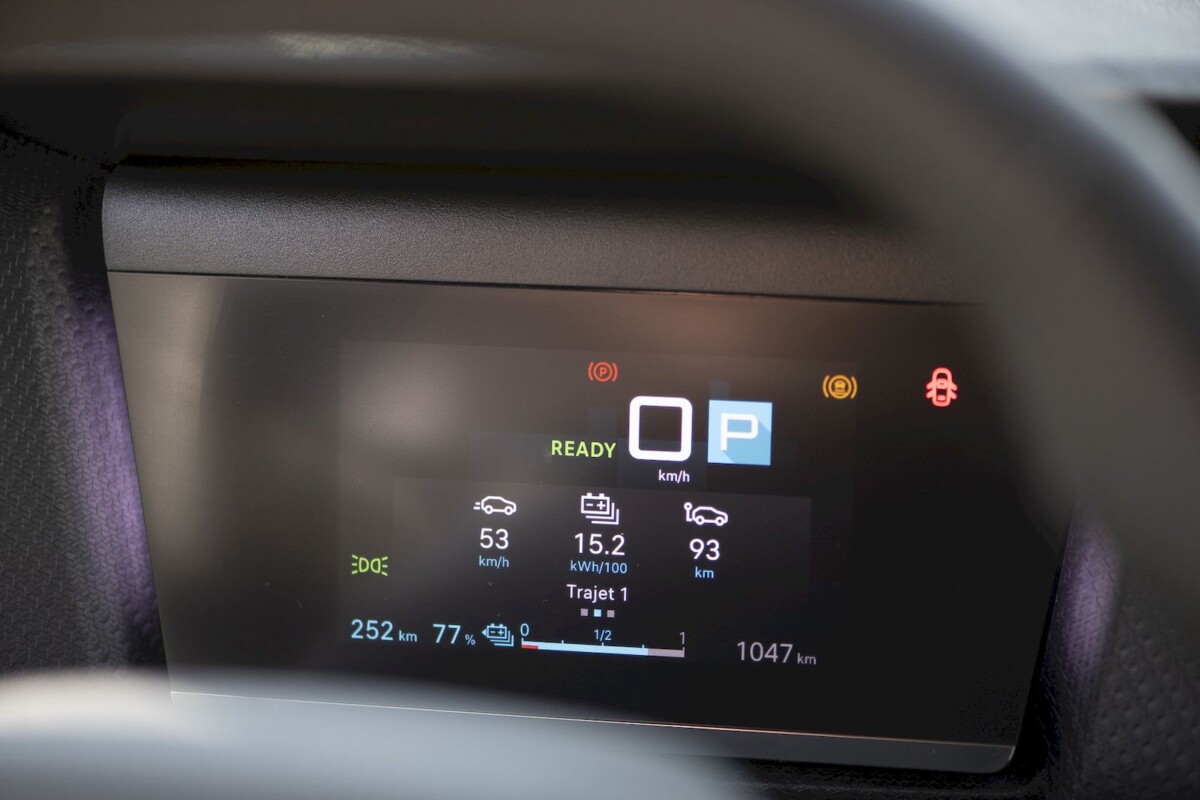
Nothing better than an example to imagine the thing: if you recharge the 60 kWh of the battery of your electric car at home, your energy provider may charge you 70 kWh. This is what happens if your on-board charger has 20% loss. The approved WLTP consumption therefore takes its losses into account, unlike the conventional consumption sometimes announced by manufacturers.
Therefore, if you have to drive by meticulously imitating the WLTP cycle, you will probably have lower consumption than the official WLTP consumption on the on-board computer, since it does not take these pressure drops into account.
This is why some organizations are pleading in particular for manufacturers to improve the efficiency of charging systems. It is on this point that Renault has worked recently by presenting a new charging architecture to optimize active (semi-conductor) and passive (capacitors and wound inductive components) components.
For so-called “slow” charging, i.e. less than or equal to 22 kW, the chargers are not integrated in the terminals, but directly in the car. Thanks to this new architecture, energy losses are reduced by 30% during conversionand correspondingly the heating, facilitating the cooling of the conversion system.
Why do on-board computers not take losses into account?
It’s a completely legitimate question, but technically, it seems very complicated. Even if the system that Renault is developing, namely with a charger integrated directly into the car, should open a few doors, the losses today depend above all on the charging station and this would involve an overhaul of the calculation system consumption by the on-board computer.
If most manufacturers play the game and communicate on consumption and autonomy according to the WLTP cycle, some, like Stellantis (and only Stellantis to our knowledge today), prefer to play on words and calculation methods.
Thus, during the presentation of each new electric model, electric Jeep Avenger, electric Opel Astra, Peugeot e-208, Citroën ë-C4 X, the brands of the Stellantis group communicate on very low average consumption for electric cars, while taking care to specify that it is an “estimate”.
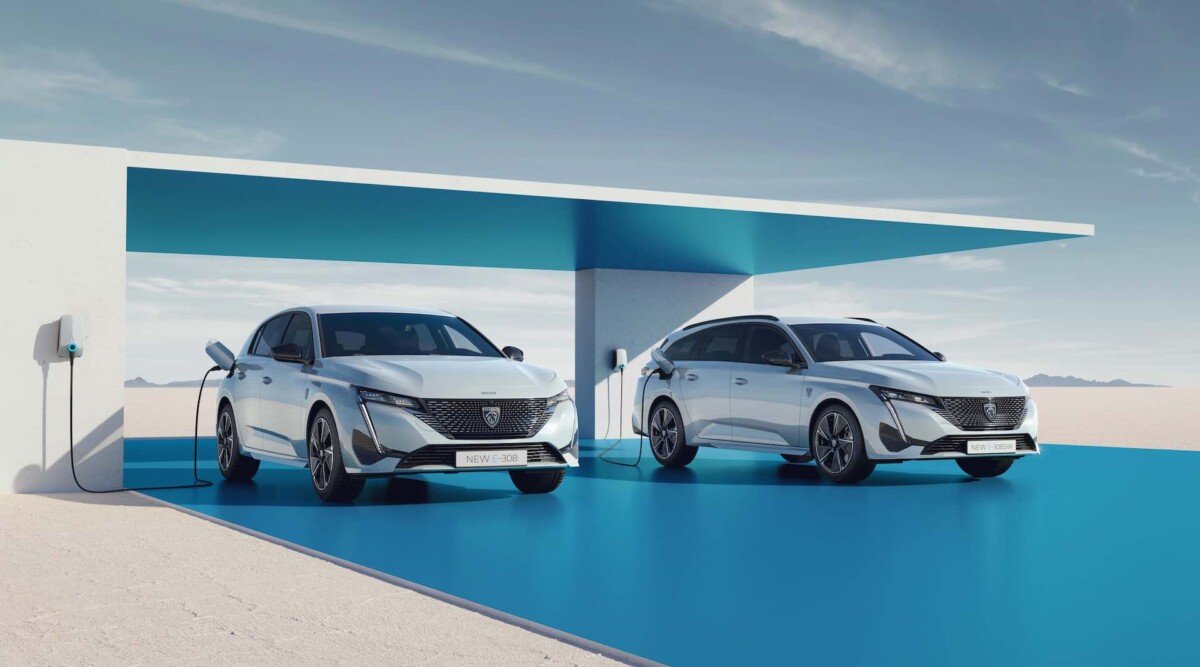
Let’s take an example, that of the presentation of the new Peugeot e-308. The lion manufacturer announced a consumption of 12.7 kWh / 100 km, but without specifying on what type of test (mixed or urban WLTP). For having tried several cars from the brands that are members of the group and which share the same motor/battery architecture, as much to tell you that we are far from the figures advanced on the other products.
In fact, Peugeot has divided the size of the battery by the autonomy announced by the WLTP cycle to establish a “theoretical” WLTP consumption before the real figures, without taking into account the pressure drops. By way of comparison, a Renault Zoé (395 km of autonomy with its 52 kWh battery) is given for a consumption of 17.2 kWh. The Peugeot e-208 (400 km of autonomy with its 51 kWh battery) is given for 14.5 kWh / 100 km according to official WLTP figures. Again, before the official WLTP figures, Peugeot had announced an estimate of 12 kWh/100 km.
Why can we still consume more on the on-board computer compared to the WLTP cycle?
Given the fact that the on-board computer does not take energy losses into account, the consumption recorded should be lower than that communicated by the WLTP cycle which does take them into account.
In fact, it’s not exactly that. During our last tests, indeed, we noticed (even if the routes were very sanitized) that several cars managed without too much difficulty to reach their WLTP consumption (the prize goes to the Nissan Ariya in particular). On the other hand, under more “normal” conditions, we regularly observe a difference of about 2 kWh (it can be more, or less, it all depends on the car) more than with the WLTP cycle.
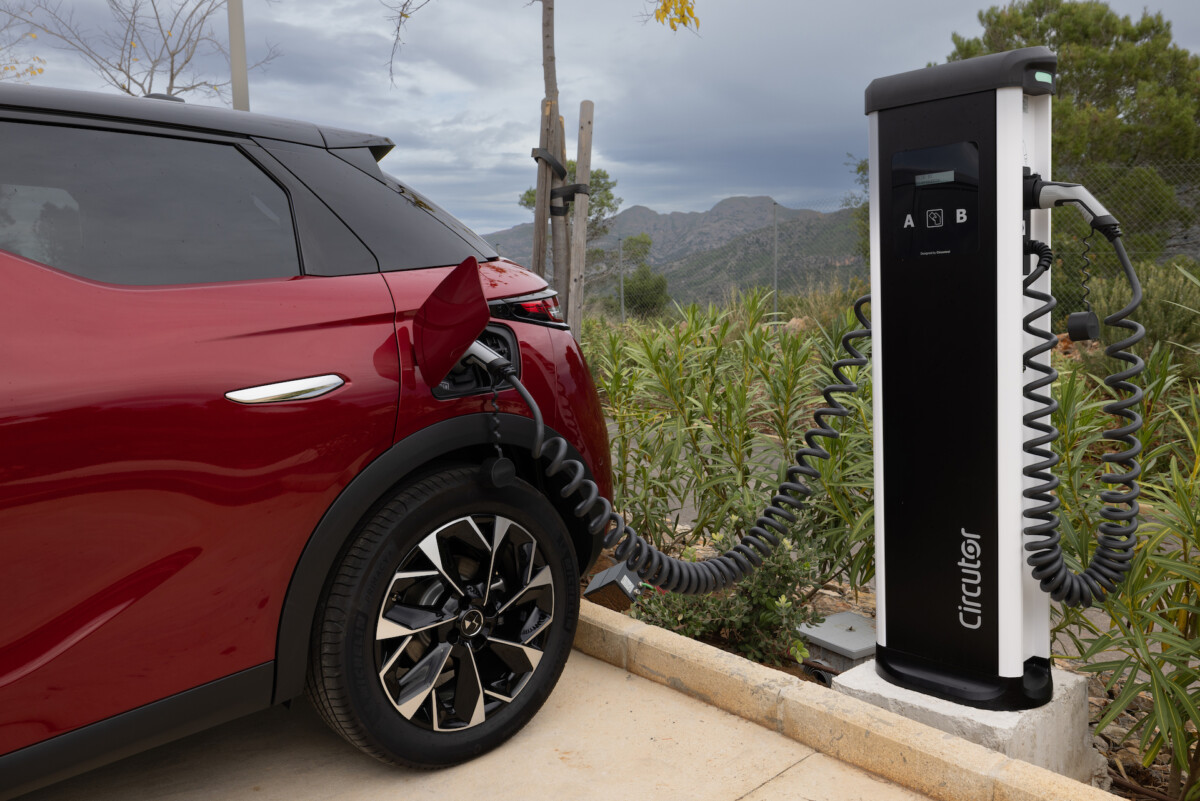
In reality, even if the WLTP cycle is closer to reality compared to the NEDC, there are still too many parameters that come into play and that it cannot necessarily integrate. The style of driving for example, this also applies to thermal cars, is a determining factor, or even the traffic conditions.
In other words, if your on-board computer gives you consumptions higher than WLTP standards, there is nothing abnormal, on the other hand, knowing that it does not take into account energy losses, be aware that these same consumptions “at the outlet” are even higher than what is announced.
What impact in practice?
This does not change the autonomy of the car., which will be similar with or without losses. It’s just that taking losses into account, you will know the exact price of a full tank of electricity. Communicating on non-WLTP consumption is therefore a serious clumsiness on the part of Stellantis, which misleads the customer. Worse, if the latter wants to compare the estimated consumption of Stellantis cars with that of competitors (in WLTP format), he will think that the former consume much less than the latter. Which is not necessarily true.
By way of comparison, for the e-208, going from an estimated consumption of 12 kWh / 100 kWh to 14.5 kWh / 100 km, the cost per 100 km with a home charge varies from 2 to 2.5 euros. Which is not negligible.
Fortunately, these fanciful consumption figures given by Stellantis are only in press releases. Once the car is on sale on the sites of the manufacturers of the Stellantis group, we find the “real” WLTP consumption figures, which take into account energy losses.
Help us build the future of Frandroid by answering this survey!

